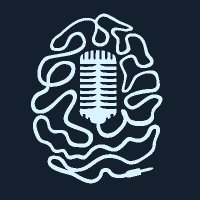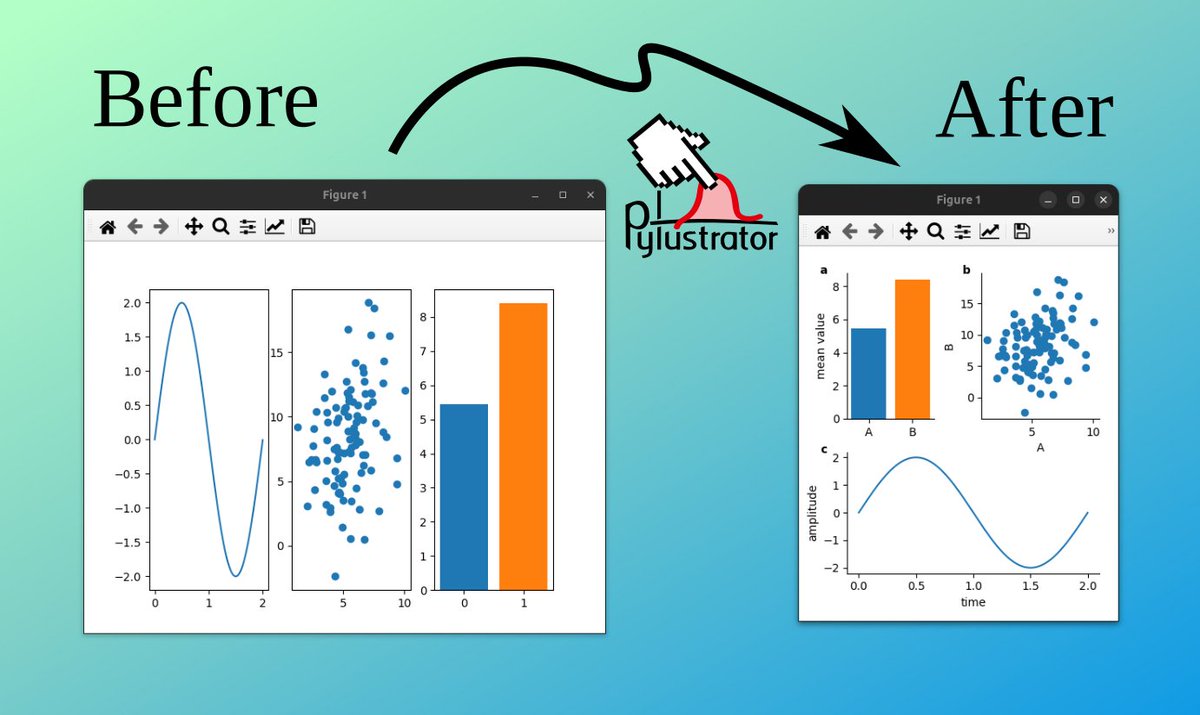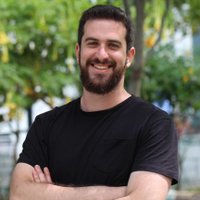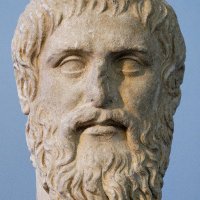
Alessandro Galloni
@argalloni
Computational neuroscientist @ Milstein Lab. Previously @ Francis Crick Institute. Synaptic plasticity, neuroAI, neuromorphic computing
ID: 2937317667
22-12-2014 19:12:32
381 Tweet
455 Followers
822 Following



🪩The State of AI 2024 has landed! 🪩 Our seventh installment is our biggest and most comprehensive yet, covering everything you *need* to know about research, industry, safety and politics. As ever, here's my director’s cut (+ video tutorial!) 🧵




🎉 Great news! Pylustrator, my open-source tool for creating publication-ready Matplotlib plots, works seamlessly with the latest Matplotlib version! 🖌️✨ Curious how it can transform your figures and save your changes as reproducible Python code? Let me show you! 🧵👇




Toby Pohlen From 1500 to 1900, the evidence was that heavier-than-air flight was impossible. It was attempted many times, it never worked. On the other hand, zeppelins and balloons empirically scale quite well...















